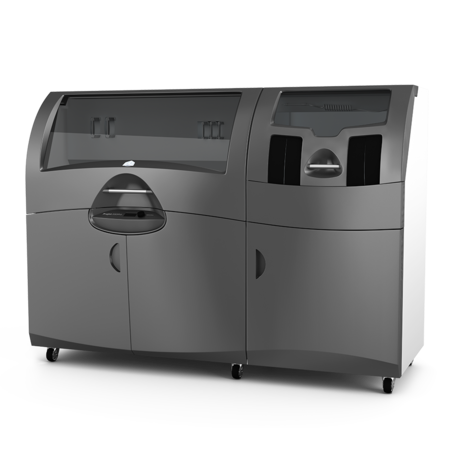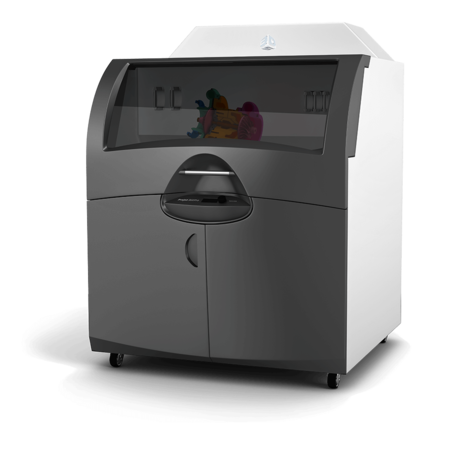"3D printing is a way to generate knowledge that wasn't available before." – Daniel Norell, Lecturer, KTH Royal Institute of Technology School of Architecture.
Sometimes a tool is much more than a tool. A 3D printer, for example, can do more than create tangible versions of digital designs. It can unlock the vast talent of people who will shape 21st century architecture.
That’s the vision lecturer Daniel Norell has for his students at the acclaimed KTH Royal Institute of Technology in Sweden. He believes that to fully immerse oneself in the practice of architecture, a student must become intimate with the tools that can expand the limits of form and space. “3D printing,” says Norell, “is a way to generate knowledge that wasn’t available before.”
Challenge
Finding the best way to learn
Holding, touching, rotating and peering underneath and inside a 3D printed model of a building or architectural detail reveals information students couldn’t otherwise understand, not even with the most dazzling on-screen visual. “It never ceases to impress me that every time students see and feel a design in three tangible dimensions, they gain so much more understanding than from spinning around a virtual model in CAD software,” says Norell. In addition, working with 3D printing technology from the earliest stages of their professional education helps students grasp the possibilities of how actual building components could be fabricated with the help of computers.
Strategy
3D printing with a Color Jet printer
When deciding to invest in 3D printing, the Royal Institute considered several technologies. Speed and affordability were paramount because they enable students to generate a constant flow of models that can provide sensory feedback on their work. This imperative made the ProJet® CJP 660Pro multicolor 3D printer the easy choice for the school.
Evaluators discovered that the ProJet CJP 660Pro produces models up to five times faster than competing technologies — hours instead of days — for as little as one-fifth of the materials cost. The ProJet’s large build size (10 x 15 x 8 inches, or 254 x 381 x 203 mm) expands that speed advantage, enabling the production of several models in a single build.
Results
Better learning, better project results
Today, the single ProJet 660Pro supports more than 50 undergraduate and graduate students from the school’s design studio and technology seminar classes. “ProJet efficiency and economy enables all our students to produce a high, steady volume of concept models from the first days of a course through final project deadlines,” says Norell. “This feedback loop helps them fully understand their designs and revise productively, ultimately creating a superior final design.”
ProJet also helps Royal Institute of Technology students learn the principles of fabrication technology, which has often been seen as separate from design and slighted in architecture education. With the introduction of computers, digital modeling, and software-driven fabrication, there is no longer a dichotomy.
“Using technology is not just about pushing buttons,” says Norell. “It’s about infusing architectural thinking with technological possibilities. Model-making technologies like 3D printing and laser cutting, for example, mimic larger-scale manufacturing methods like robot driven contour crafting of concrete and water-cutting of steel. Working daily with 3D printing helps students think about fabrication on the scale of an entire building or community. This is one way we can assert that 3D printing is generating knowledge that didn’t exist before.”
Although the technology has a lot to teach, it’s easy to use. The ProJet is one of the industry’s most highly automated 3D printers, enabling students to handle the entire printing process with minimal training.
Finally, the ProJet is helping deepen Royal Institute students’ understanding of high academic concepts like a performative design. Performative design means that performance — more than representation or symbolism — decides the building’s form. The discipline yields forms of staggering complexity that resemble honeycombs, webs, leaf systems and similar organic patterns that repeat, yet vary.
“It would be impossible to handcraft these forms without the help of algorithms, software and fabrication technology like 3D printing,” said Norell. “3D printing produces them quickly and effortlessly.”
The biggest benefit, however, may go back to the enormous value of holding a model in your hand. “Perhaps the closest approximation to the building itself is the model,” he says. “It’s important to bring it fully into the physical world.”

